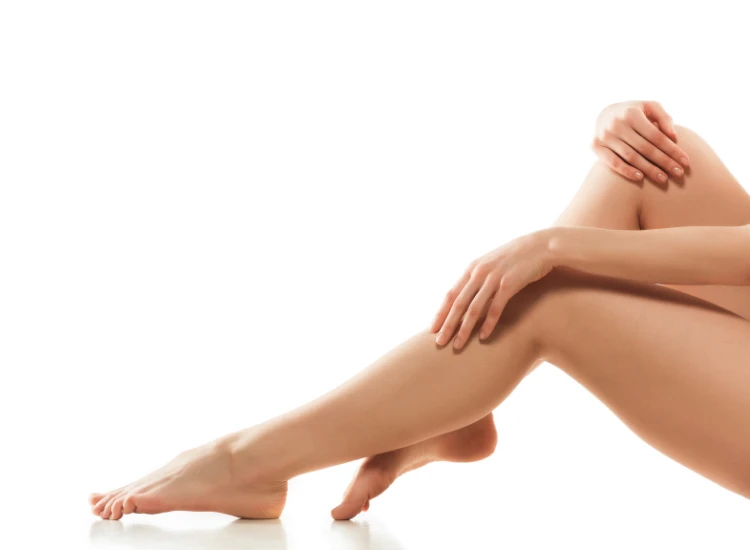Thanks to the leg stretching surgery, the thighs are shaped to have a slim and proportionate appearance with the rest of the body.

Leg stretching is a surgical intervention to remove regional fat and skin sagging that may occur in the thigh area after aging, pregnancy or a significant weight loss, and to improve the general appearance. This method, which reduces the sagging of the inner or outer thigh, is usually applied to patients who have lost a lot of weight.
A saggy and dimpled skin appearance may occur on the thighs due to various reasons. Thanks to the leg stretching surgery, the thighs are shaped to have a slim and proportionate appearance with the rest of the body.
Leg stretching aesthetics can be combined with liposuction to give the thighs a smoother and more shaped appearance. However, leg lift aesthetics is not a weight loss method. It is a surgical procedure that can be considered for those who are close to their ideal weight but are not satisfied with the appearance of their thighs.
Factors such as aging, pregnancy, and dramatic weight loss can cause excess skin and fat formation on the thighs. The thighs are one of the areas on the body where it is most difficult to tighten the skin naturally.
For this reason, people who lose a significant amount of weight through diet or exercise often have excess skin folds and adipose tissue. Leg stretching surgery is considered an effective solution to eliminate such problems.
Leg stretching aesthetic surgery;
Before starting the operation, the patient is given intravenous sedation or general anesthesia. The incision to be made is determined according to the area or areas to be treated, the degree of correction needed, and the preference of the patient and the surgeon.
For inner thigh stretching and outer thigh stretching, different incisions can be applied according to patient-specific plans. In inner thigh stretching, the incision placed in the groin can extend down and wrap the back of the thigh. In another technique, excess skin can be removed through an incision made from the groin to the knee. Or, a minimal incision can be made only in the groin area.
To improve the contour of the outer thigh, an incision can be made from the groin, around the hip, and along the back. In advanced techniques, incisions are usually tried to be positioned so that they can be hidden by swimwear or underwear, but sometimes larger incisions may be needed. After the excess skin and fat are removed, the incisions are closed with sutures. Leg stretching surgery can be performed in different ways and with different methods in line with the needs of the patients.
It may be preferred to apply dressing or bandage to the incisions after leg lift surgery. Likewise, temporary drains can be placed under the skin to drain excess fluid or blood that may be collected.
In order for a healthy recovery process to be experienced after the surgery, due care should be taken in the care of the application area, the use of medications prescribed by the doctor to assist healing, and the follow-up of the post-operative period with the surgeon.
It is considered normal to experience bruising, swelling and pain for a while after the operation. In this process, compression garments should be worn, if placed, the maintenance of the drains should not be interrupted and the safe activity level specified by the doctor should not be exceeded.
Using a bathtub, swimming and bathing without the surgeon's approval should be avoided. Although it is possible to take a shower 48 hours after the procedure, there may be changes in this regard for the patient.
Light physical activities should be done in the first 10-14 days. This period is a critical step in recovery and care should be taken against any risk of infection. Uncontrolled movements should be avoided as movements such as gravity, walking, sitting and bending put pressure on the stitched areas.
Compression clothing should be worn for the period recommended by the doctor during the 2-8 week period. The swelling goes away in about 3-5 weeks. If it does not cause pain, you can start driving and walking after 2-3 weeks. Heavy lifting and running should be avoided in the first 8 weeks. In the first week after the operation, the chimneys should be kept as high as possible.